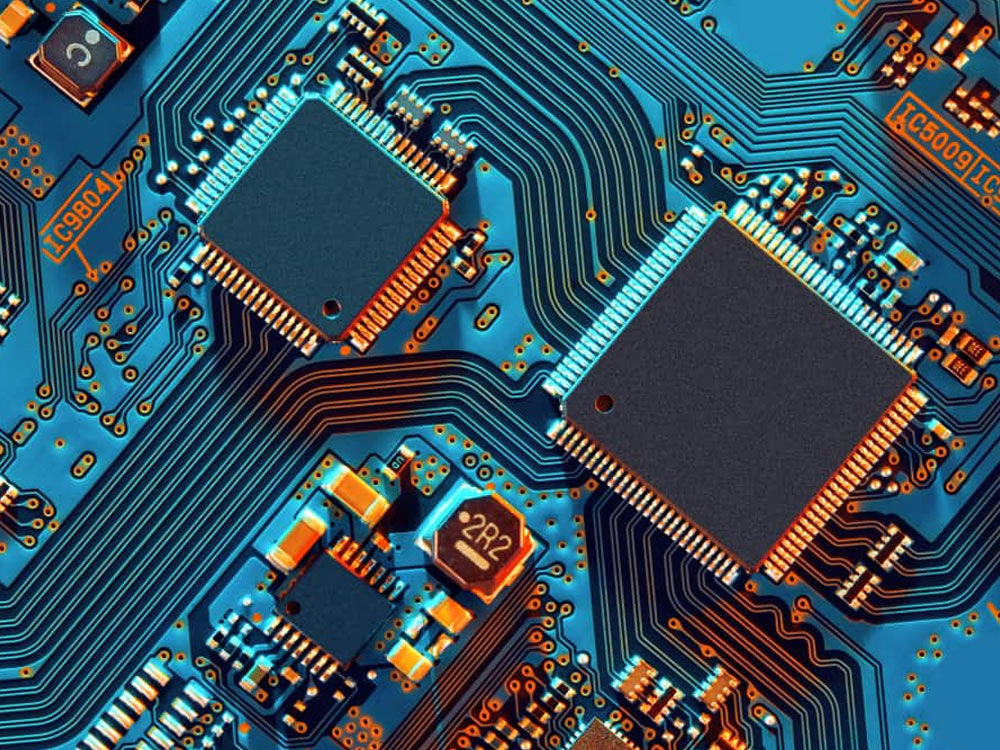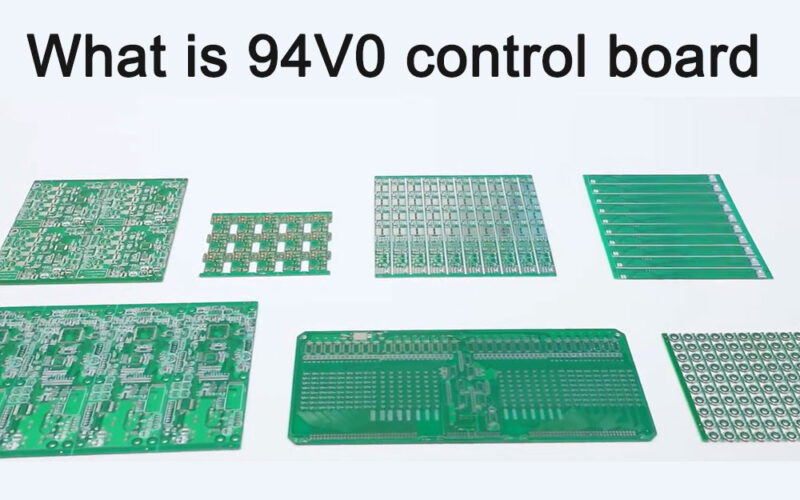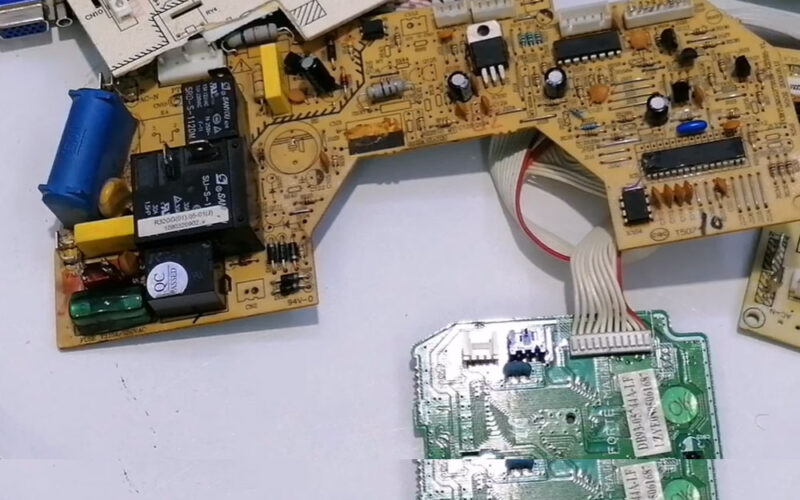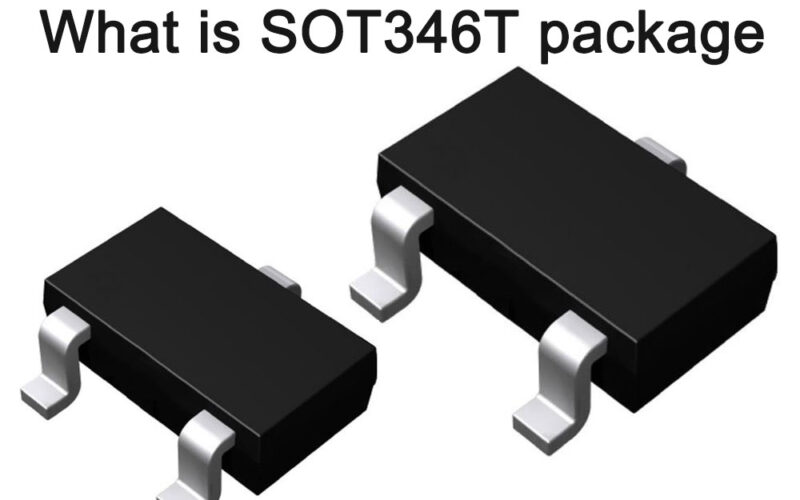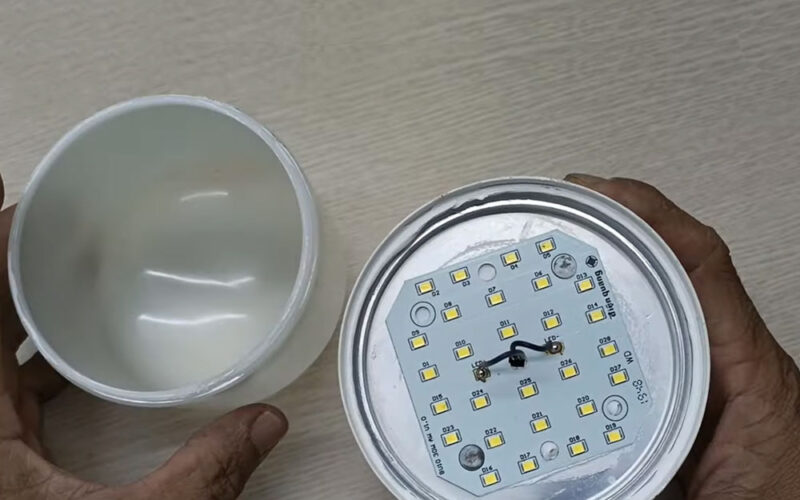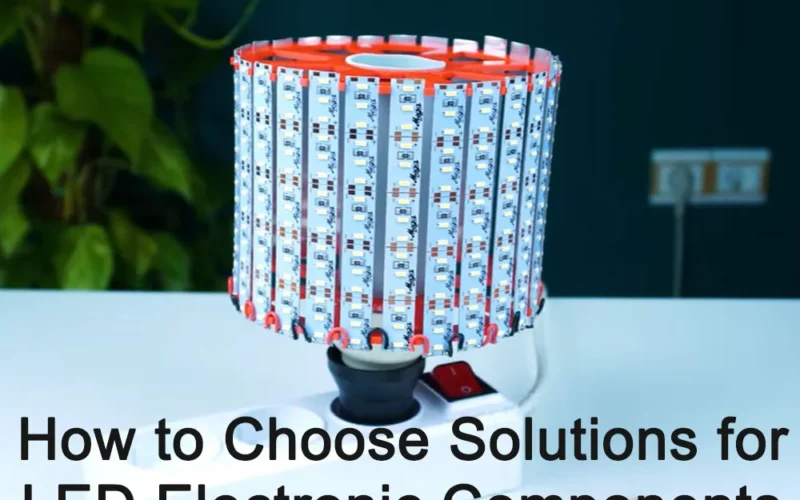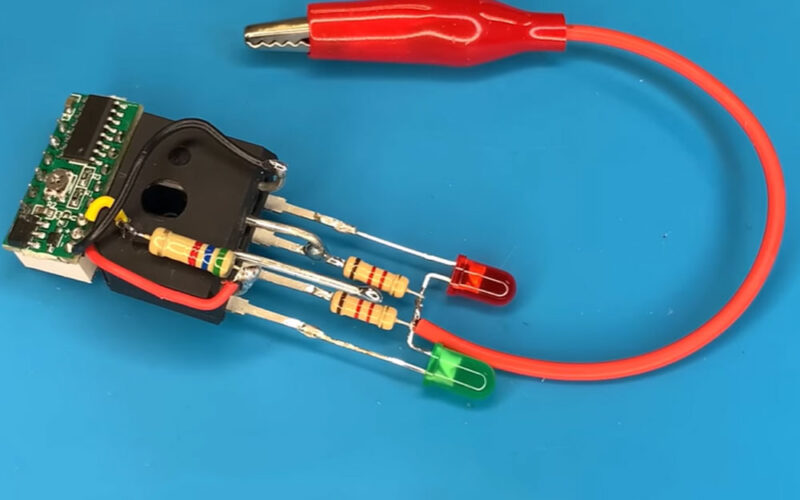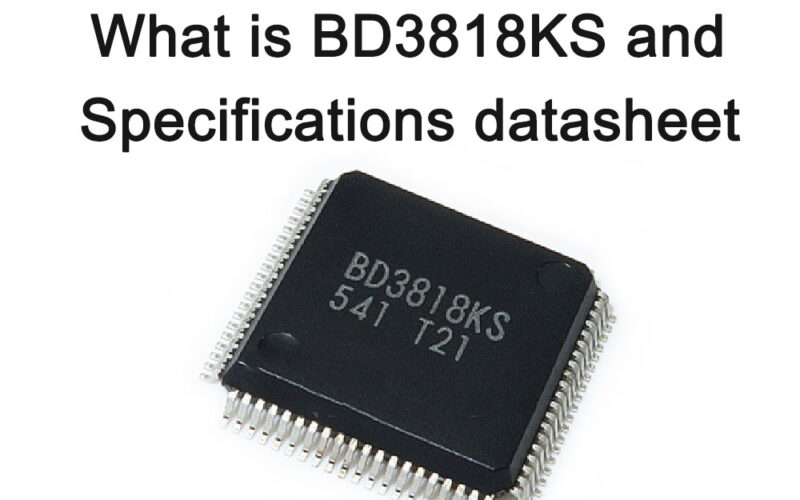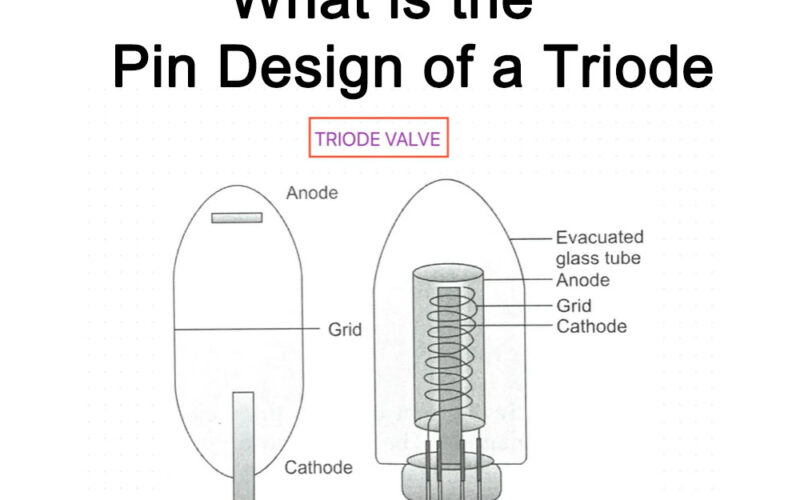
What are memory integrated circuits (Memory ICs)
Memory ICs are integrated circuits used to store data. They are an important component in the field of microelectronics and are widely used in computers, communications, consumer electronics and other fields.
Memory integrated circuits can be divided into various types according to different classification standards. The following is a detailed introduction to memory integrated circuits:
Overview
A memory integrated circuit integrates a large number of memory cells on a chip to realize data storage and reading functions.
They are usually made of semiconductor materials and utilize the switching properties of semiconductor devices to achieve data storage. Memory integrated circuits have the characteristics of high speed, large capacity, and low power consumption, and are an important part of modern electronic systems.

Classification
According to storage media
Depending on the storage media used, memory integrated circuits can be divided into two categories: volatile memory and non-volatile memory.
Volatile memory refers to memory that loses data after a power outage, such as random access memory (RAM) and cache memory (CACHE). This type of memory is mainly used for computer internal memory, providing fast read and write speeds and large data storage capacity.

Non-volatile memory refers to memory that can still retain data after power is turned off, such as read-only memory (ROM), electrically erasable programmable read-only memory (EEPROM) and flash memory (Flash Memory). This type of memory is mainly used for external memory of computers, such as hard disks, USB flash drives, etc., providing long data retention time and high data storage density.
According to the degree of integration
According to the level of integration, memory integrated circuits can be divided into small-scale integrated circuits (SSI), medium-scale integrated circuits (MSI), large-scale integrated circuits (LSI) and very large-scale integrated circuits (VLSI). With the continuous development of technology, integrated circuits are becoming more and more integrated, which can achieve higher data storage density and faster reading and writing speeds.
According to manufacturing process
According to different manufacturing processes, memory integrated circuits can be divided into thin film integrated circuits and thick film integrated circuits. Thin film integrated circuit refers to the integration of circuit components and wires on semiconductor materials, and is usually used to manufacture large-scale and ultra-large-scale integrated circuits. Thick film integrated circuits refer to the integration of circuit components and wires on ceramics or other insulating materials, and are usually used to manufacture medium- and small-scale integrated circuits.
Working principle
The working principle of memory integrated circuits is mainly to store and read data through the switching characteristics of semiconductors. In volatile memory, each memory cell usually consists of a transistor and a small capacitor. The source and drain of the transistor are connected together as the input/output terminal of the memory cell. One end of the small capacitor is connected to the gate of the transistor, and the other end is connected to ground. When a small capacitor is charged, the threshold voltage of the transistor changes, causing the transistor to be in different switching states to enable data writing. When reading data, it is determined whether the data stored in the memory cell is 0 or 1 by reading the switching state of the transistor.
In non-volatile memory, each memory cell usually consists of a floating-gate transistor. Floating-gate transistors have a polysilicon gate that stores electrons. When electrons enter the floating gate, the threshold voltage of the transistor changes, allowing data to be written. When reading data, it is determined whether the data stored in the memory cell is 0 or 1 by reading the switching state of the transistor.
Application areas
Memory integrated circuits are widely used in various fields, including computers, communications, consumer electronics, etc. In the computer field, memory integrated circuits are mainly used in the manufacture of internal memory and external memory, such as DRAM, SRAM, Flash Memory, etc.
In the field of communications, memory integrated circuits are mainly used for storage and control of signal processing and data transmission, such as flash memory in mobile phones and DRAM in routers.

In the field of consumer electronics, memory integrated circuits are mainly used for storage and control of audio and video processing, game control, GPS navigation and other equipment.
Memory IC list
What are the classifications of memory ICs? The storage IC list includes the following types:
- Random access memory (RAM): including static random access memory (SRAM) and dynamic random access memory (DRAM).
- Read-only memory (ROM): including mask read-only memory (Mask ROM), programmable read-only memory (PROM), erasable programmable read-only memory (EEPROM) and flash memory (Flash Memory), etc.
- Non-volatile memory: such as ferroelectric random access memory (FRAM) and magnetic random access memory (MRAM).
These storage ICs have different characteristics and application scenarios. Choose the appropriate storage IC type according to actual needs.
Top 10 Memory IC Brand Suppliers and Manufacturers
What brands of memory IC are there? There are many brands of memory ICs, including but not limited to the following:
- Micron: One of the world’s largest manufacturers of semiconductor storage and imaging products. Its main products include DRAM, NAND flash memory and NOR flash memory.
- Samsung: One of the world’s largest semiconductor manufacturers, its memory IC products include DRAM, NAND flash memory, etc.
- SK Hynix: One of the world’s second largest semiconductor manufacturers, its main products include DRAM and NAND flash memory.
- Kingston: One of the world’s largest independent memory module manufacturers, its products include DRAM and flash memory.
- Crucial: It is a brand of Micron Technology and mainly sells storage products such as solid-state drives and memory sticks.
- G.Skill: Focus on the development and promotion of high-end computer memory products, providing high-speed and stable memory solutions.
- Corsair: Provides high-quality memory modules, solid-state drives, power supplies and gaming peripherals.
- Adata: Provides various types of memory products, including DDR, DDR4, SSD and mobile device memory.
- PNY: Memory products launched by the American PNY Technology Company, including memory modules of various specifications and capacities.
- Transcend: Focus on the development and promotion of high-speed, high-quality memory modules and flash drives.
In addition, brands such as SanDisk, Kingmax, and Apacer also provide memory IC products. Each of these brands has its own characteristics and advantages, and you can choose according to actual needs.
What is a memory chip?
A memory chip, also called a memory particle, is a semiconductor chip that is mainly used to store temporary information and data required for program execution. It stores data in units with addresses through integrated circuits, and has the characteristics of fast reading and writing speed and large capacity. Memory chip is an important part of the computer system. It is used to temporarily store information such as programs, data, and operating systems. It is the basis for the normal operation of the computer.
The principle of memory chips is to store and read data through changes in binary signals. The memory chip uses bits as the smallest unit and combines a series of bits to form a binary code to store and read data. In a memory chip, data is organized in an address space, and each data unit has a unique address. By addressing the unit, the CPU can access any data unit in the memory.
The structure of a memory chip usually consists of memory cells, address lines and control lines. The storage unit is the most basic unit in the memory and is used to store binary data bits; the address line is used to transmit the memory address information sent by the CPU; the control line is used to control and synchronize read and write operations. Generally, memory chips are composed of multiple storage units, each of which includes a certain number of binary data bits, an address pin and one or more control pins.
The function of the memory chip is to store information such as programs, data, and operating systems, and is the basis for the normal operation of the computer. In mobile devices such as mobile phones, memory chips play a similar role, storing temporary data and related resources needed to run applications.
In addition, memory chips can be divided into many types according to different classification standards. For example, according to different storage media, it can be divided into DRAM and SRAM types; according to different packaging forms, it can be divided into plug-in type, SMD type and BGA packaging type. Different types and specifications of memory chips have different performance indicators and application scenarios, so choosing a suitable memory chip is crucial to the performance and stability of the entire system.
Which one is better, Nicknix or SKHynix?
Regarding the question of which one is better, Nicknix or SK Hynix, it is difficult to make a direct comparison due to their different positioning and applications in the memory IC field.
Nicknix is a brand that focuses on memory modules and solid-state drives. Its product line includes memory modules of various specifications and capacities and various types of solid-state drives. The brand’s products use high-quality components and materials to ensure the stability and reliability of its products. However, there is relatively little information about Nicknix’s specific product performance and user reviews, making it difficult to fully evaluate its products.
SK Hynix is one of the world’s leading semiconductor manufacturers. Its memory IC products include DRAM and NAND flash memory, which are widely used in computers, smartphones and other electronic devices. The company’s products are known for their high performance, high reliability and high stability and are widely used in various fields. In addition, SK Hynix also has advanced production technology and R&D capabilities, and continues to launch innovative products and technologies.
Therefore, it is impossible to simply judge whether Nicknix or SK Hynix is better. Users can choose brands and products that suit them based on their needs and budget. When choosing a memory IC, it is recommended to consider the performance, reliability, stability and compatibility of the product, and also pay attention to matching it with your own computer hardware and other components.
Memory ICs FAQs
The working principle of memory integrated circuits mainly uses the switching characteristics of semiconductors to store and read data. In volatile memory, each memory cell usually consists of a transistor and a small capacitor. By charging or discharging a small capacitor, the threshold voltage of the transistor can be changed, thereby controlling its switching state and enabling data writing and reading. In non-volatile memory, each memory cell usually consists of a floating-gate transistor. By injecting or expelling electrons into the floating gate, the threshold voltage of the transistor can be changed, allowing long-term data retention.
There are many types of memory integrated circuits, including but not limited to the following:
RAM (Random Access Memory): A type of volatile memory that allows random reading and writing of data, with high-speed reading and writing speeds and large data storage capacity.
ROM (read-only memory): a non-volatile memory that can only read data but cannot write data. It is often used to store firmware programs and basic data.
Flash Memory: A non-volatile memory that achieves long-term storage of data through charge storage technology. It is widely used in USB flash drives, SSD solid state drives and other fields.
EEPROM (Electrically Erasable Programmable Read-Only Memory): A non-volatile memory that allows users to erase and rewrite data while powered on. It is often used for parameter storage of microcontrollers and backup of user data.
With the continuous advancement of technology and increasing application requirements, the development trends of memory integrated circuits mainly include the following aspects:
High integration: Continuously reduce the size of transistors and increase integration to achieve higher data storage density and faster reading and writing speeds.
Low power consumption: Optimize circuit design and manufacturing process to reduce power consumption and extend the service life of the equipment.
Improved reliability: By improving materials, processes and circuit design, the reliability of the memory is improved to ensure the long-term preservation and stability of data.
Flash memory chip is a non-volatile memory chip made using flash memory technology. It is usually made of Flash Memory. Flash memory chips have the characteristics of data not disappearing after power outage, large capacity, safe and reliable, fashionable and fashionable, etc., and are an ideal portable storage tool. It can carry heavy loads of stored data and system software, and is suitable for fields such as embedded systems and electronic products. Compared with traditional disk drives, flash memory chips have no moving parts, are more durable and effectively reduce signal interference and power consumption. Flash memory chips usually use flash memory storage media and universal serial bus (USB) interfaces, which are lightweight, delicate, easy to use, and easy to carry. The storage speed of flash memory chips also varies depending on the capacity and number of pages. It usually only supports reading data, which is very fast and suitable for storing large-capacity data.
Memory ICs are integrated circuits used to store data. They use the switching characteristics of semiconductors to store and read data, and have the characteristics of high speed, large capacity, and low power consumption. Memory integrated circuits can be divided into volatile memories and non-volatile memories, which are widely used in computers, communications, consumer electronics and other fields.
Memory integrated circuits are widely used in various fields, including but not limited to the following:
Computer field: used to manufacture internal memory and external memory, such as DRAM, SRAM, Flash Memory, etc., to provide high-speed data storage and access functions.
Communication field: used for storage and control of signal processing and data transmission, such as flash memory in mobile phones, DRAM in routers, etc., to achieve fast reading, writing and long-term storage of data.
Consumer electronics field: used for storage and control of audio and video processing, game control, GPS navigation and other equipment, providing stable and reliable data storage and access capabilities.
Other fields: such as aerospace, medical, smart home, etc., used for data storage and processing to achieve specific functions and uses.
Random access memory (RAM) is a type of computer memory that can directly access any storage location and read and write data quickly. The characteristic of RAM is data volatility, that is, the stored data will be lost when the power is turned off. RAM can be divided into types such as dynamic random access memory (DRAM) and static random access memory (SRAM). In computer systems, RAM usually serves as a temporary data storage medium for the operating system or other running programs.
Non-volatile memory (NVM) is a type of computer memory. Its characteristic is that the stored data will not disappear when the current is turned off, that is, the data will not be lost due to power outage. Non-volatile memory usually refers to storage in semiconductor memory chips, storing data in floating gate memory cells composed of floating gate MOSFETs (Metal Oxide Semiconductor Field Effect Transistors).
The main types of non-volatile memory are: ROM (read-only memory), PROM (programmable read-only memory), EAROM (electrically rewritable read-only memory), EPROM (erasable programmable read-only memory) and EEPROM ( Electrically erasable programmable read-only memory), etc. In addition, Flash Memory is also a kind of non-volatile memory, which can achieve fast erasure and programming of data.
The advantage of non-volatile memory is that data is not lost due to power outages, so it can store data for a long time. In addition, non-volatile memory has high performance and can read and write data quickly. Due to these advantages, non-volatile memory is widely used in various fields, such as computer systems, communication equipment, consumer electronic equipment, etc.
Memory ICs are primarily used for data storage and are key components in computers, smartphones, and many other electronic devices. The high-speed random access characteristics of memory ICs enable it to read and write data quickly, thereby improving system performance. In addition, memory ICs have other applications, such as being used in microprocessors to parse and execute program instructions, in operational amplifiers to amplify signals, and in various control and management circuits to implement various functions. In summary, memory ICs are an integral part of modern electronic systems and play an important role in various applications.
The central processing unit (CPU) is the core component of the computer system. It is used to execute instructions and control various activities of the computer. It is the “brain” of the computer system. The functions of the CPU include program control, operation control, time control and data processing. Since its creation, CPU has made great progress in logical structure, operating efficiency and function extension.
SSI (Server Side Includes) is a server-based web page production technology, usually used to dynamically generate web page content. By using SSI instructions, text, graphics, or application information can be included into web pages, and this information can be dynamically generated and updated on the server side.
Using SSI technology, instructions can be inserted into an HTML document that instruct the web server to insert certain content into the page before sending it to the client. For example, you can use SSI directives to include time/date stamps, copyright notices, or forms for customers to fill out and return.
In addition, SSI also has some advanced functions, such as including files, executing shell and CGI script programs, etc. By using include files, you can put the content into a separate file and then just call that file in the HTML document, rather than typing the content into each file. This makes it easy to manage and maintain web content.
In general, SSI is a powerful and flexible web page production technology that can help developers dynamically generate and update web page content on the server side, improving the performance and maintainability of the website.
NAND Flash chip is a type of flash memory chip that uses NAND storage logic and is non-volatile and the stored data remains unchanged for a long time. It adopts non-linear macrocell mode internally, providing a cheap and effective solution for the realization of solid-state large-capacity memory. In addition, NAND Flash memory uses floating-gate transistors and can store information without power. All circuits rely on some kind of energy to create a difference in charge across the battery. This energy forces electrons through the gate. The floating gate system of NAND flash memory works by using a second gate to collect and store electrons as they pass through the battery. Capturing some electrons, this allows the electrons stuck to the floating gate to stay in place without voltage, allowing the chip to continue storing the next value regardless of whether there is a power connection.
In general, NAND Flash chip is a large-capacity, high-reliability memory chip that is widely used in computers, consumer electronics, security equipment, automotive electronics and other fields.
Storage IC prices vary depending on model, specification, brand and supplier. At the same time, factors such as market supply and demand, production costs, etc. will also affect the price of storage ICs.
Generally speaking, the price of storage IC ranges from tens of yuan to tens of thousands of yuan. For example, the price of some common NOR Flash chips with a capacity of 1GB is around 200~400 yuan, while the price of some large-capacity and high-performance storage ICs, such as solid-state drives (SSDs), is higher. An SSD with a capacity of 1TB The price ranges from 500 to 1,000 yuan. Of course, the specific price still needs to be negotiated with the supplier based on actual demand and purchase volume.
McAfee is a network security company founded in 1987 and headquartered in Santa Clara, California, USA. As a leading cybersecurity company, McAfee provides a wide range of cybersecurity solutions, including anti-virus software, network intrusion detection systems, and data encryption solutions.
Regarding “McAfee ICs”, I cannot provide relevant information. You can provide more background information or context about “McAfee ICs” so that I can better answer your question.
